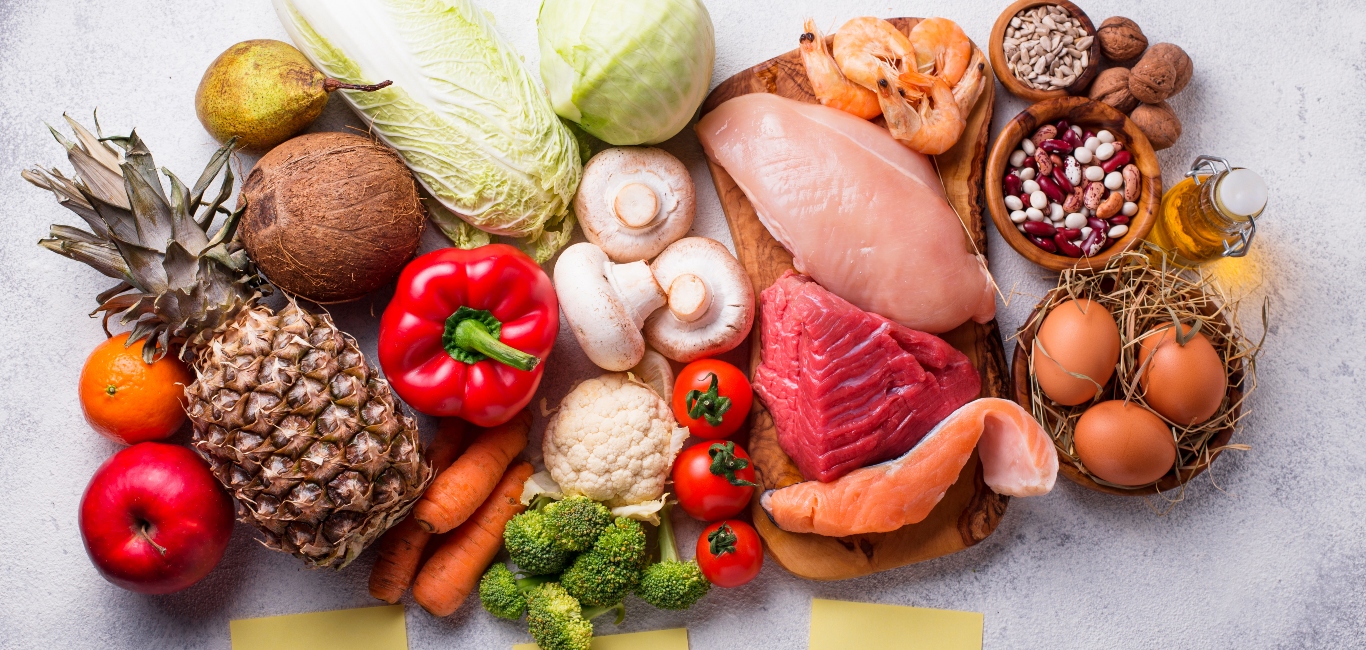
Our knowledge of the relationship between food and well-being is evolving continuously. Scientists and researchers have been working hard to develop new and increasingly effective diet plans over the years keeping an eye on nutrition and the other on health.
As a result, we have a platter of plans to choose from. But how would it be if we combined the best of two plans and ate what we enjoy whenever we want?
Dr Mark Hyman, director of the Cleveland Clinic’s Centre for Functional Medicine, Founder of The UltraWellness Centre in Lenox, Massachusetts, and an author, developed an eating plan which, he claims, “basically incorporates what I enjoy about both the paleo and vegan diets.” He calls it the Pegan diet.
Bringing opposites together
The Pegan diet is a cross between two diets that are at the two ends of the food spectrum: the vegan and the paleo diets. While a vegan diet is a stringent type of vegetarianism that keeps the consumption of any animal and dairy products out, the paleo diet is high in protein and promotes eating meat, fish, poultry, fruits and vegetables.
Though they are different, two can help with cholesterol reduction, diabetes control, and weight loss.
Apart from pointing to the stated health benefits of a plant-based diet, supporters of veganism highlight its ethical stance on animal welfare and environmental issues.
Proponents of the paleo diet say the idea is to simply consume foods that our ancestors ate. It entails a hunter-gatherer diet devoid of refined foods. In other words, they say – give up grains, dairy, legumes, and processed sugar; and load up on meat, fish, poultry, fruits, and vegetables.
“The Pegan diet calls for primarily eating plants and using animal products as a side dish rather than the main course. It incorporates components of both vegan and paleo diets. The diet also suggests limiting your legume consumption and avoiding dairy and gluten,” says Dr Kamna Desai, a clinical dietician based in Mumbai.
Elements that work
“The Pegan method heavily relies on low glycaemic meals. The rate at which a food raises blood sugar is determined by its glycaemic index (GI). Low GI diets may be helpful for controlling weight and lowering the risk of diabetes,” explains Dr Veena Kumari, a Delhi-based dietitian.
The Pegan diet’s emphasis on fruits and vegetables makes it akin to a plant-based diet which helps reduce inflammation and prevent obesity. It can aid health, lower one’s chances of acquiring chronic diseases, and disorders that are associated with inflammation. Autoimmune conditions like psoriasis and diabetes, heart disease, vascular disease, Alzheimer’s, and cancer have been linked to chronic inflammation.
“The best parts of the vegan and paleo diets are combined in the Pegan diet to produce a holistic lifelong eating strategy that is acceptable to [almost] everyone regardless of their dietary restrictions. It is not something you follow for a few days and then give up. It should be a way of life,” says Dr Kumari.
However, people with long-term medical conditions or eating disorders should consult their doctors before starting with this plan.
A few deterrents
Every diet has its share of difficulties, not the least of which is how tough it may be for individuals to modify eating habits and sustain them. Again, like most diet plans, it has its limitations because it forbids the consumption of several cereals, the dairy food category, and all sources of added sugar, including processed foods.
“The Pegan diet emphasises using locally grown, sustainably produced food and animal products which may be difficult to obtain,” points out Dr Desai. It may also make additional demands on your time, especially in the kitchen, as the products need to be fresh and foods freshly prepared, to eliminate packaged or frozen items.
Cost, cereals and commitment
“Long-term [adherence] to this diet requires a financial commitment as sustainably produced food products can cost more than what you are used to eating. For some people, [a relatively] higher cost of locally grown products may pose obstacles,” she adds.
The US Centres for Disease Control and Prevention’s suggested eating plan for maintaining a healthy weight includes two to three servings of whole grains daily, beans and legumes – all items that are barred in a Pegan diet – to reduce the risk of developing diabetes, cardiovascular disease, and various cancers. Similarly, people with medical conditions such as diabetes or celiac disease avoid certain foods and the Pegan diet may be overly restrictive to them.
Dr Mark Hyman’s prescription
A healthy diet, according to Dr Hyman, who conjured up the Pegan diet, should be all this:
- Low in sugar, flour, and refined carbs; very low in glycaemic load
- High in fruits and vegetables
- Low levels of genetically modified foods, antibiotics, hormones, and pesticides
- No artificial sweeteners, MSG (monosodium glutamate added in some foods to enhance taste), chemicals, or additions
- High in healthy fats, especially omega 3 fats, olive oil, and fats from nuts, seeds and avocados. Coconut is a good substitute to avocado for people living in India and other tropical regions.
- Adequate protein for maintaining weight and building muscle, especially in older people.
- Mainly consist of fresh, local, and organic foods.
- If animal products are consumed, they should be grass-fed or farmed sustainably.
- Seafood low in mercury and toxins should be chosen, such as sardines, anchovies, or other small fish
- Low glycaemic load: Up to 75 per cent of the food one eats should have low glycaemic vegetables and fruits like cabbage, cauliflower, raw carrot, bell pepper, orange, apple, pear, plum, peach, and berries like strawberry.
- Nuts and seeds like flax, chia, hemp, sesame, pumpkin (other than peanuts) should be included
Source: Why I am a Pegan – or Paleo-Vegan – and Why You Should Be Too! – Dr. Mark Hyman (drhyman.com)

















